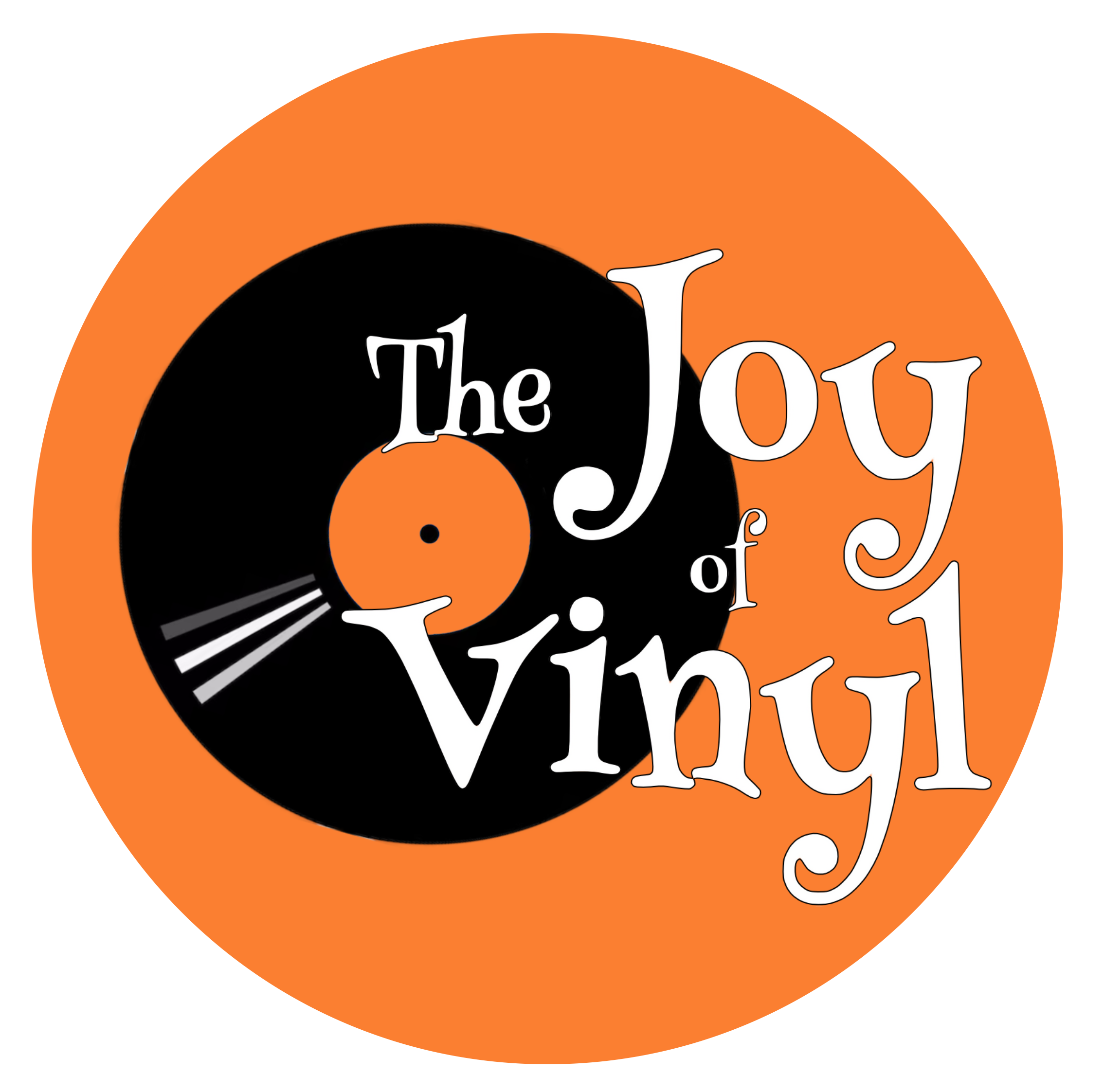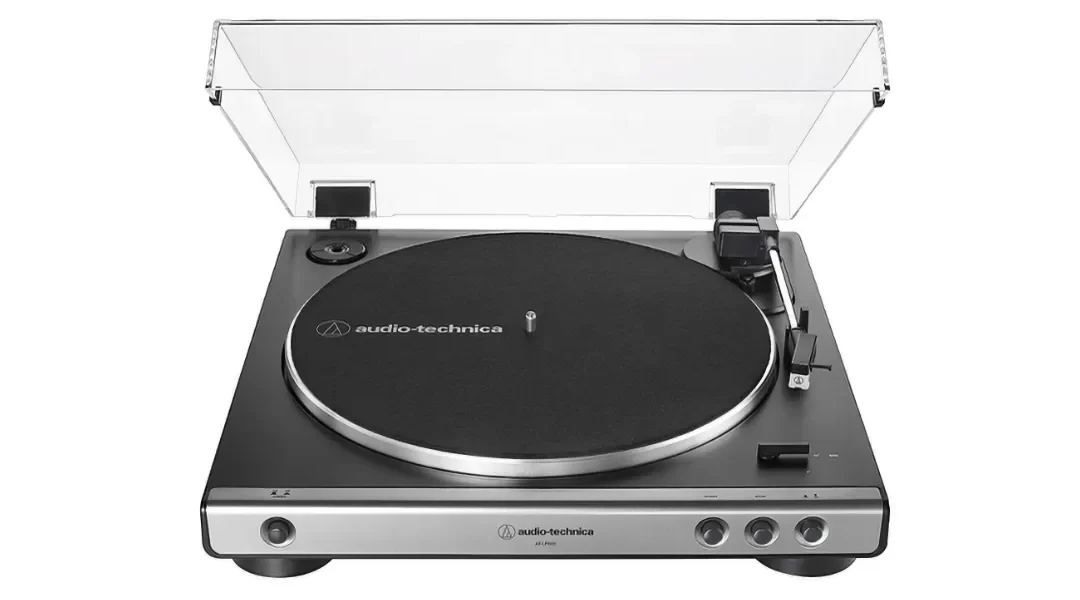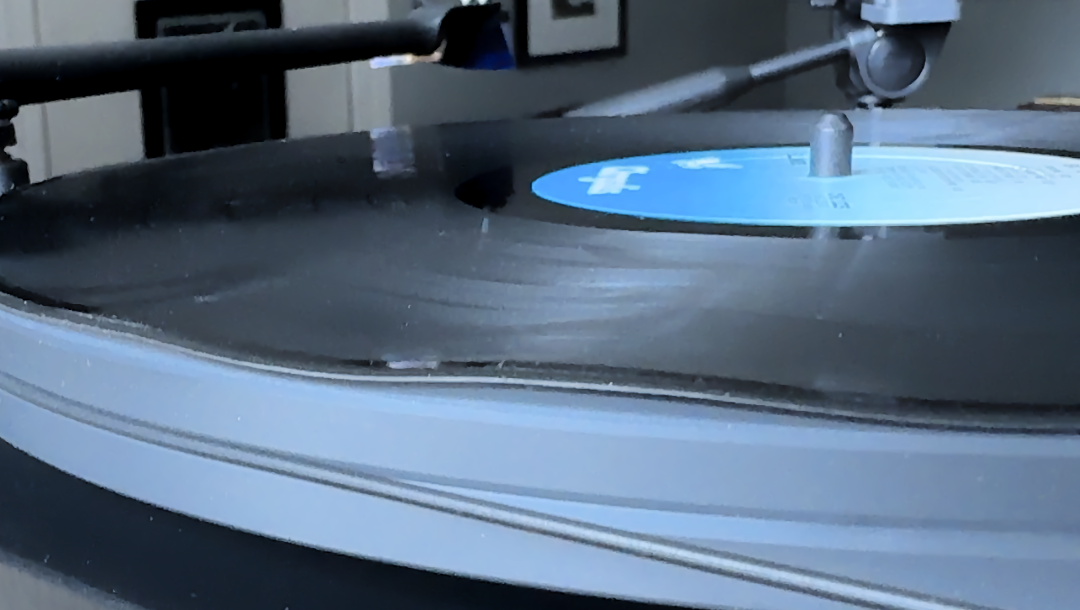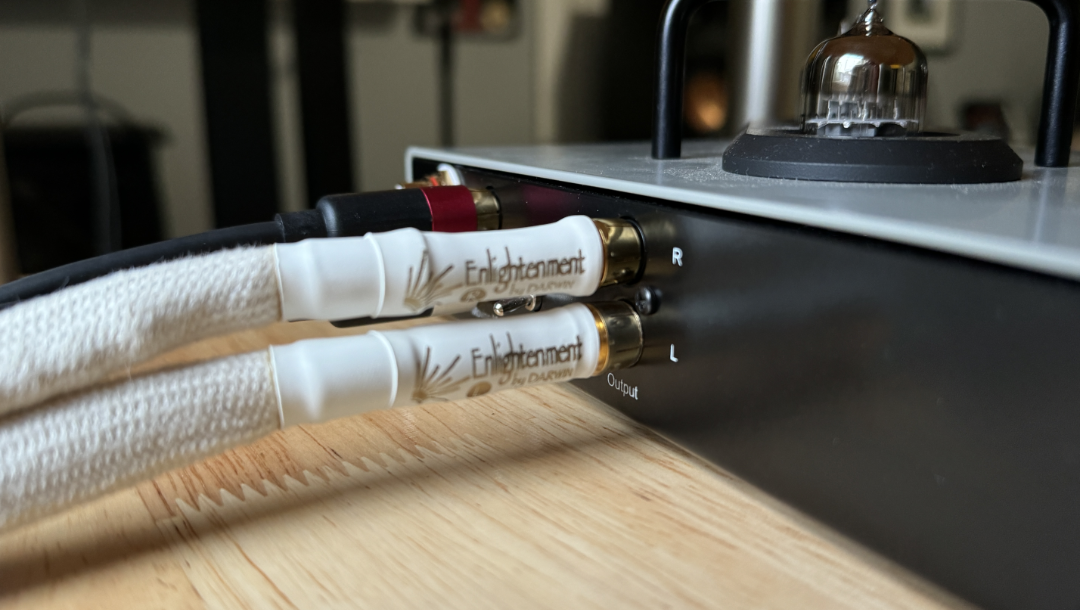Buying your first turntable is difficult. Researching which one to buy is even more challenging. Especially when articles, blog posts, and Reddit threads praise and trash every option out there. I get it. It happens every time I want to add to my setup. Even something as simple as searching for a new tube for my preamp took me hours. But I got through it, and you will too. That’s why I’m here to help. And no, I’m not the expert on all things audio, not even close, but I can promise to steer you in the right direction and provide you with some expectations along the way.
To Begin With
Audio-Technica began its life in Japan as a phono cartridge manufacturer in 1962. They are no stranger to the audio market. In the 2000s, they ventured into turntables with a focus on making audio “accessible to all” without cutting back on quality. The AT-LP60X, introduced in 2019 as a successor to their popular LP60, is a perfect example of their mission statement.
Features
The AT-LP60X isn’t short on features. The most appealing one, especially for beginners, is it’s fully automatic. This means you don’t have to do anything other than place your record on the platter and hit the “Start” button. The unit takes it from there like a happy little robot. When the stylus reaches the end of the side, the tonearm returns to its cradle, and the unit shuts itself off. If you have to answer the door during playback because your next record shipment came in and you need to pause, there’s a button for that as well. Granted, you have to get up to do it; there’s no remote to perform the action from across the room (yet), but the “Cue” button is a handy addition.
The Tonearm and Stylus
The LP60X’s tonearm is designed to reduce vibrations and improve tracking, a slight upgrade over the previous model. At the end of the tonearm is their proprietary AT3600L cartridge fitted with an ATN3600L conical diamond-tipped stylus. The only drawback with the tonearm setup is the cartridge is permanent. It doesn’t allow for upgrades. It does allow for stylus replacements (which I recommend doing after about 1000 hours of playing time). It’s an inexpensive replacement and easy to do when the time comes. While some may complain about the inability to upgrade the cartridge, that’s the allure of the LP60X. It’s meant to be easy to use, worry-free, and focused on sound. As it should be for a quality entry-level turntable.
The Drive
Another thing I like about the LP60X is that it’s a belt-driven model. It was a pleasant surprise, as I assumed it to be a direct-drive. Why does that matter? Belt-driven units are typically associated with higher-end audiophile turntables. It’s not an exclusive association, but separating the motor from the platter has definite advantages. Belt-driven models aren’t as susceptible to interference from the motor.
Since we’re on the subject of interference, that’s another plus with the LP60X. The power supply is also external, which further reduces any unwanted disturbance. It seems the good folks at Audio Technica thought of everything.
Upgrades
While you can’t upgrade the cartridge, you can upgrade everything about the sound signal after it leaves the unit. The AT-LP60X comes with a built-in preamp, so you can simply connect it to a pair of powered speakers or a receiver’s “AUX” inputs. If you want to experiment a bit and upgrade to a better preamp (the LP60X’s preamp is pretty basic), you can switch it off and supply your own. If you have a receiver or amplifier with a “PHONO” input, and you like that sound better, you can do so as well – just make sure the LP60X’s preamp is switched off (set to “LINE”). None of this is meant to be confusing, and the manual does a stellar job of indicating what you need to be aware of.
Other Features
Another feature worth mentioning, aside from being automatic, is the LP60X can play both 33 1/3 LPs and 45 rpm singles with the flick of a switch. There’s no need to manually reset the belt as with higher-end models (something I’ve never been a fan of having to do). They provide the adapter for the 45s as well (since 45s have a much larger center hole).
Another upgrade over the LP60 is the RCA cable. The LP60 came with an attached cable that couldn’t be removed or replaced. The LP60X corrects this by supplying a removable one. It’s a minor change, but an appreciated one, especially if something goes wrong with the cable.
Drawbacks
As for drawbacks, I’m happy to say there aren’t many. I would be remiss if I didn’t mention the few there are, at least for me, and they are admittedly minor. I’ve already mentioned the inability to upgrade the cartridge. There’s also the platter mat. The platter itself is aluminum, and the supplied mat is felt. I’m no fan of felt as it lends itself to static electricity buildup, but you can always replace the mat at a later date (more on mats here). The only other thing is also one I called out as a plus – that being the RCA cable. The unit’s audio output requires a cable with a 3.25mm pin to RCA, which Audio Technica supplies (the cables are also easy to find if you ever need to replace it). If it were up to me, it would be a straight RCA cable on both ends with left and right channels. It is a very minor thing to call out, and it really doesn’t affect the sound.
Will you be happy with the AT-LP60X? If you ask my brother, he will most definitely say yes. I echo his sentiment. For an entry-level unit, it will exceed expectations. It’s a hands-off, inexpensive solution to a great listening experience.
– READ NEXT –
Subscribe to The Joy of Vinyl Newsletter




